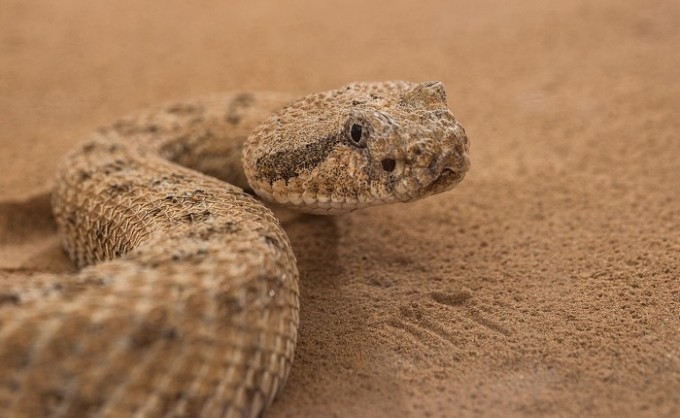The partial fossil of what may be the world’s largest venomous snake was found in northern Greece. The slithery creature is 10 to 13 feet long and weighs as much as 44 pounds, the average weight of an 8-year-old. It lay waiting for its prey in the forests of northern Greece 5 million years ago and injected its victims with poison through its long fangs.
“It fed on small and perhaps not-so-small mammals,” says George Georgalis, a student at the Aristotle University of Thessaloniki that led the team that analyzed the fossil. “It was menacing but impressive. One can feel awe and admiration that this snake once lived on our planet.”
Mr. Georgalis and his colleagues presented their findings at a meeting of the Society of Vertebrate Paleontology this week. “This giant snake disappeared in the pages of history,” says paleontologist Benjamin Kear of Uppsala University of Sweden that co-authored a paper written by Mr. Georgalis.
The fossil lay forgotten until paleoherpetologist Massimo Delfino of Italy’s University of Turin sifted through reptile fossils in a Dutch museum and opened a box with a fragment of the vertebra of a massive venomous snake that had come from the same site as the 13 vertebrae first described more than 100 years earlier.
Now the forgotten snake is back in the limelight. The giant snake occupied the same region where colossal tortoises with shells of up to 6 ½ feet long. Scientists are now studying the snake’s environment to understand the conditions that allowed giant reptiles to flourish there.
































